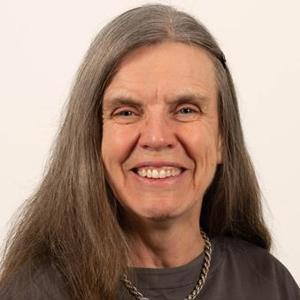Water is scarce in South African informal townships, and water that has been fetched is used for all purposes: washing fruit and vegetables, washing clothes, bathing children and scrubbing floors, before it is finally discarded as what is known as “greywater”. Offal and human waste also end up in the same place, and waste-water treatment simply doesn’t exist. Thus, the water in wells and water courses is heavily contaminated, and water-borne diseases such as cholera spread easily.
A bed of plants and gravel
In a project that is part of the EU Water Joint Programming Initiative, a research group under the leadership of researchers from The Centre in Water Research and Development at Wits University in South Africa plans to construct wetlands in some of the South African informal townships. Special installations will be built to receive greywater. The greywater then passes through the artificial wetlands, a bed of plants and gravel, which deals with the most serious contaminants in a natural way.Two universities are collaborating with Wits University: Helmholtz UFZ in Leipzig and Linköping University.
Karin Tonderski, docent in ecology, has received SEK three million from Formas over three years to participate in the project together with Genevieve Metson, research fellow in theoretical biology at LiU.
Implementation process
“An important part of the project will be to investigate how the implementation proceeds. We must discover the needs of the residents, how they can get involved, how the systemThe project “Accessible Greywater Solutions for Urban Informal Townships in South Africa”, URBWAT, is now designing a system for wetlands at Alexandra, Gauteng.
It will also investigate a similar project in Langrug, Stellenbosch, where a system for purification of greywater has already been installed, but not yet evaluated. The total budget of the programme is EUR 840,000.
